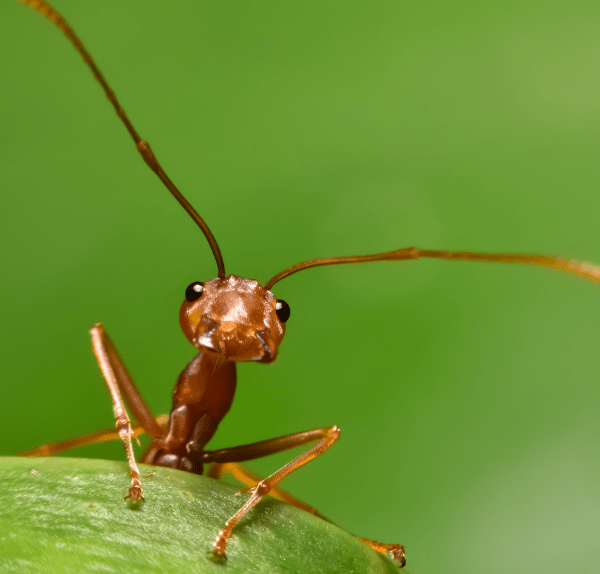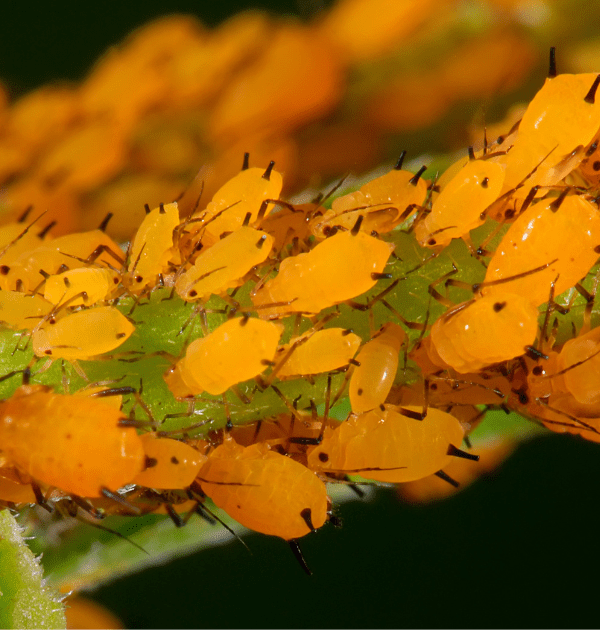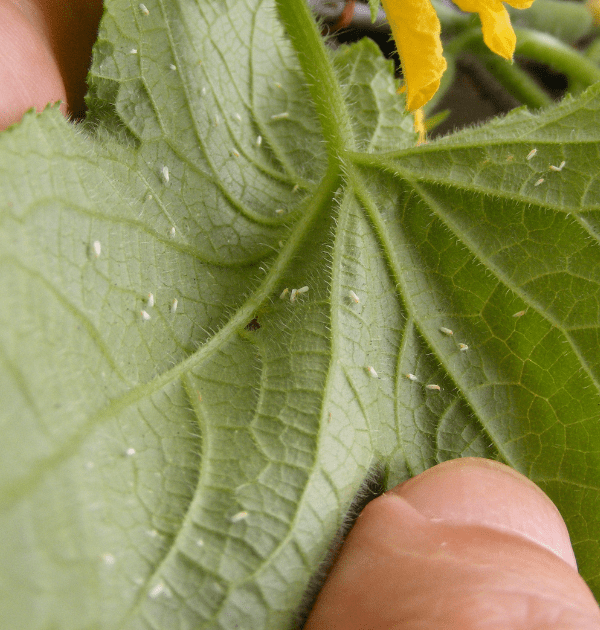
With the arrival of summer sun and warm weather, we’re all looking forward to a season of fun! However, with the warmer weather there comes an army of pesky pests and diseases that can ruin all the hard work that you’ve put into maintaining a lush and blooming garden. The last thing you want is to wake up to yellowing leaves, dusty webbing, and brown dead circles on your lawn, but with the right knowledge and tools, you’ll be able to defend your garden against these invaders. In the upcoming months, be on the lookout for these common pests and diseases and reference this guide for treatment options if you spot them!
Pests
Spider Mites
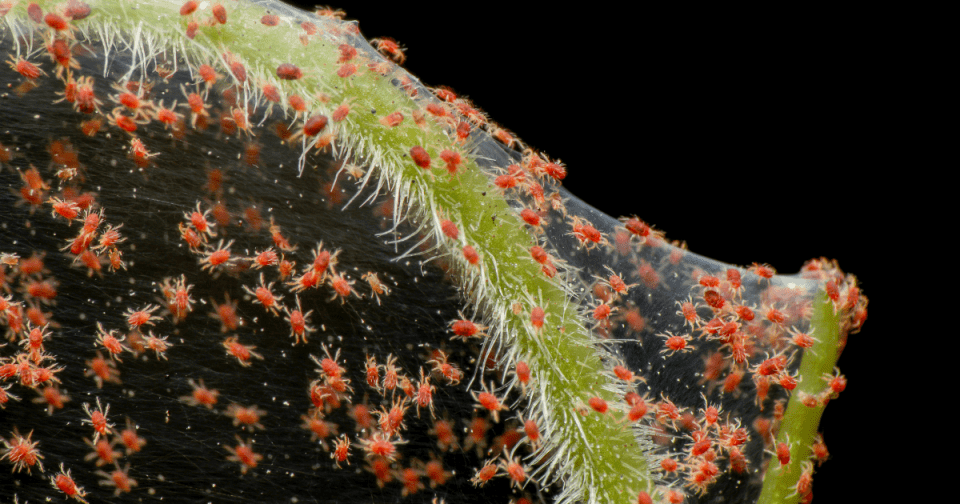
If you notice dusty webbing on your plants (most commonly junipers and cypress) or they appear lighter in color, you may have a red spider mite infestation. These mites are very small and difficult to see with the naked eye. To check for them, place a white piece of paper under a branch and smack it. Run your hand across the dust on the paper. If you see any smears, you likely have mites. To treat the infested area, use BioAdvanced Insect Disease and Mite Control, and always follow the directions on the bottle’s label.
Aphids & White Flies
Aphids and white flies are tiny insects that can cause damage to your plants by sucking the sap out of them. To identify if you have these pests, check the underside of new leaves and flower buds and look for small clusters of soft-bodied insects. They can range in color from green, black, brown, or yellow. You might also notice a sticky honeydew-like substance on the plant that is excreted from the pest while they are feeding on the plant. It’s important to get rid of these pests quickly, as they can reproduce rapidly and spread to other plants. To treat, use an organic solution like Monterey Insect Killing Soap or Monterey Take Down Garden Insect Spray to get rid of these pests. A stronger option includes products that contain pyrethrin.
Ants
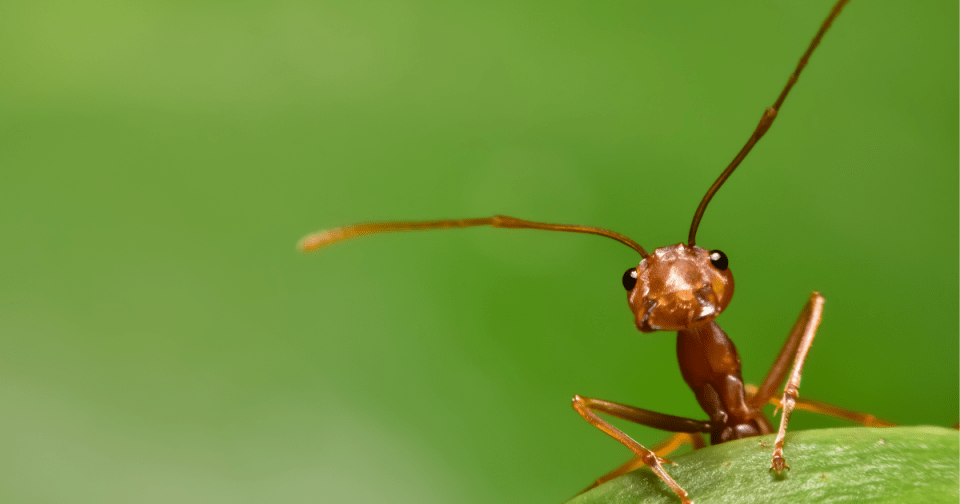
Ants are a common household pest and are an indicator that you probably have additional pest issues in your garden. You’re most likely to spot ants along the perimeter of your home as they search for food to bring back to their colony. One of their favorite food sources is the honeydew excreted by aphids and white flies. To get rid of ants, try using an ant bait like Amdro Quick Kill. The ants take the bait back to their colony, effectively eliminating the entire population.
Skeletonizer Caterpillars
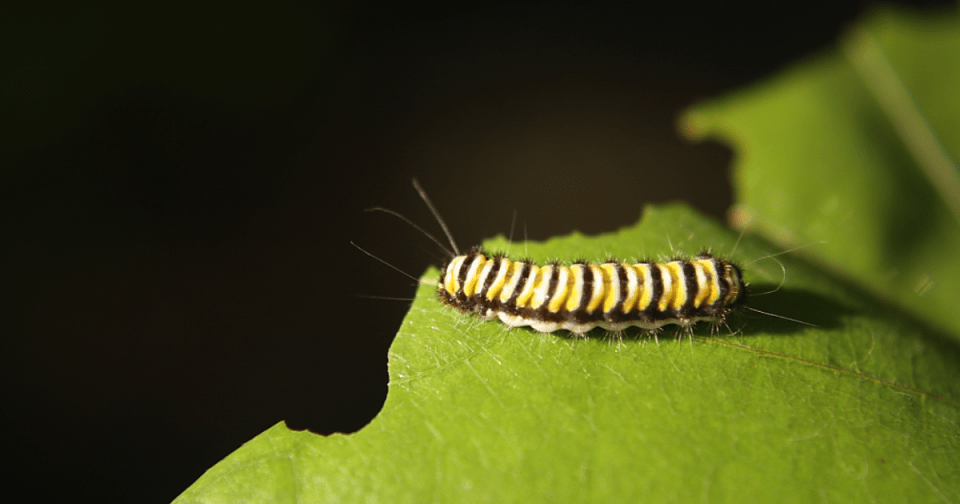
These caterpillars love to chew on the leaves of grapes, vegetables, Texas Mountain Laurels, and tecoma bell varieties. If your leaves appear to have a lack of green, where just the skeleton of the leaf is left, this is evidence that a Skeletonizer Caterpillar is near. If you notice them, it’s important to act fast to prevent damage to your plants. One treatment option is BT Worm Killer, which targets the caterpillars without harming other beneficial insects.
Spittlebugs
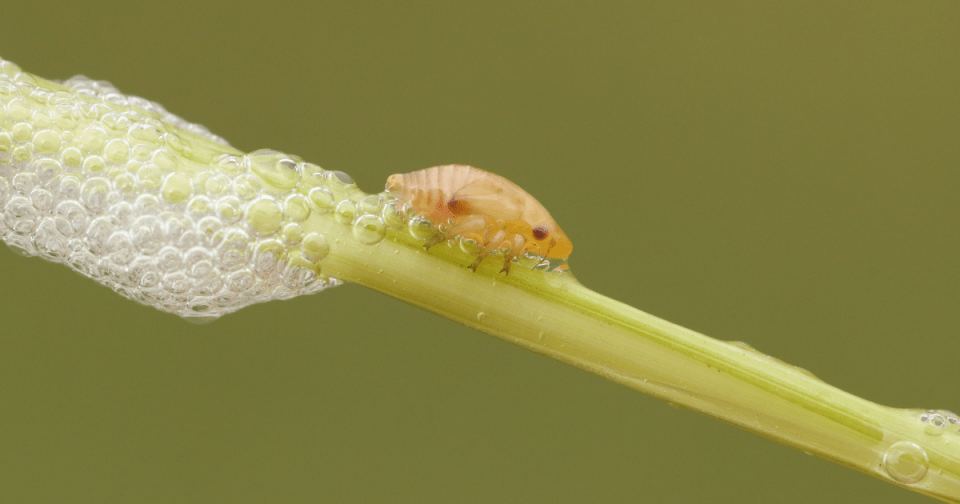
Spittlebugs, sometimes called froghoppers, are common garden pests that can be found on a variety of plants, including annuals, perennials, herbs, firs, juniper, pine trees, and rosemary. Although their damage is not significant, you might notice spittle-like masses on your plants. Fortunately, controlling the spittlebug population is relatively easy. Simple use a hose to spray off the froth. For additional control measures, you can opt to use BioAdvanced Complete Insect Control and always read the directions on the bottle.
Hornworms
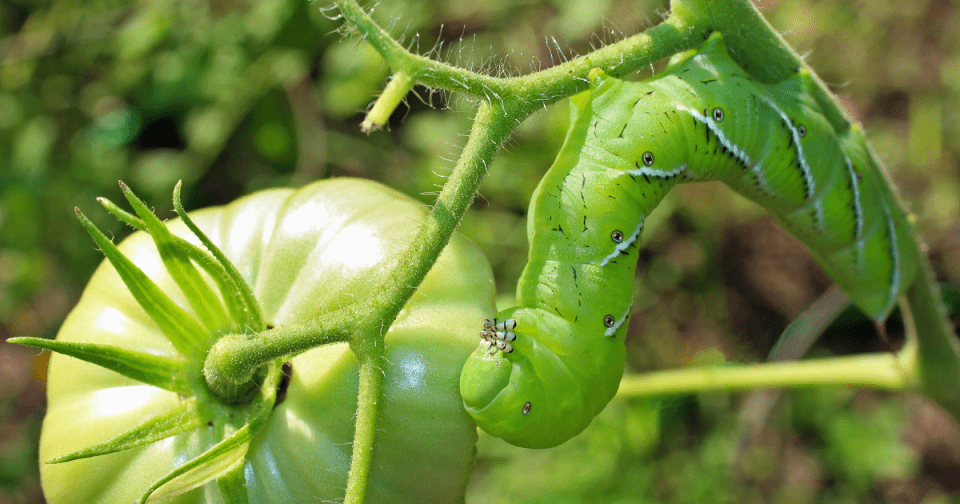
Hornworms are notorious for targeting plants in the the Solanaceae family, including eggplants, peppers, potatoes, and tomatoes, but they can also be attracted to certain garden flowers such as petunias. Unfortunately, these critters will cause noticeable damage to your plants by chewing up leaves and stems. After they’ve devoured the foliage, they will then feed on the blooms and fruits. To control an infestation, you can pick the worms off the plants individually or use BT Worm Killer.
Cockroaches
Although cockroaches will not cause harm to the plants in your garden or landscape, they are still a nuisance that tend to be more present during the summer months. Higher temperatures, rain and humidity, and food waste are all factors that could cause an increase in cockroaches. To control infestations, it’s important to cut off their food source by maintaining a clean environment. Additionally, you can consider using BioAdvanced Home Pest Control or Spectracide Bug Stop which are both effective is tackling cockroaches inside and outside of the home.
Disease
Lawn Fungus
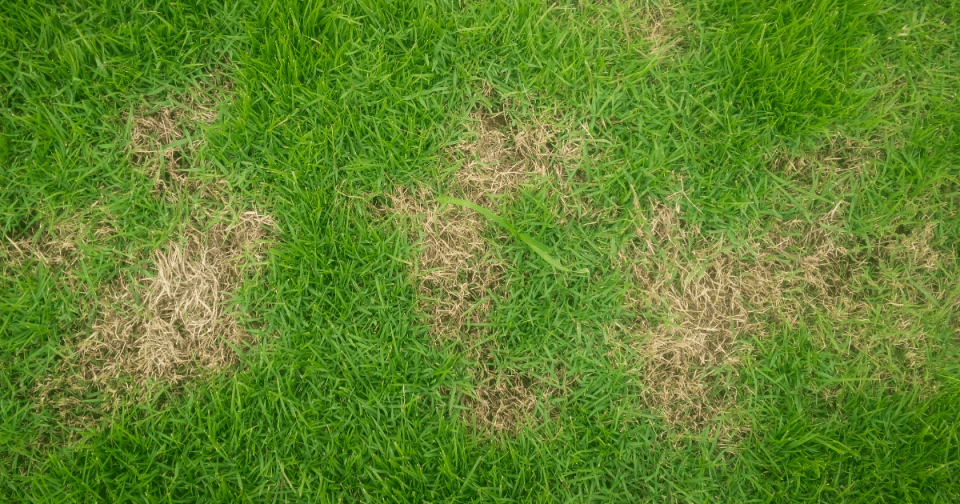
Lawn fungus can be a common issue during the summer months, particularly in July or after heavy monsoon rains. High humidity mixed with high overnight temperatures creates the perfect environment for lawn fungus to thrive. A clear sign of fungus in your lawn is yellowing grass that eventually turns into crispy brown dead circles. To treat the issue, use BioAdvanced Lawn Fungus Control. This product can effectively kill the fungus, allowing your lawn to recover. Once the fungus is under control, consider overseeding your lawn in September to help it fully recover and prevent future issues.
Powdery Mildew
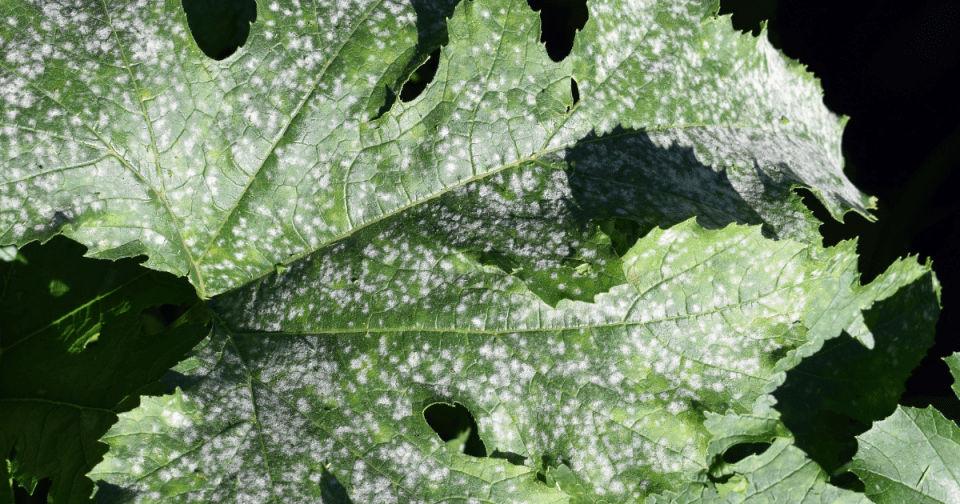
Powdery mildew is a fungal disease that can affect a variety of leafy plants in your garden or landscape. It appears as white splotches of powder on the new growth of the plant and can eventually cause the leaves to distort and die. To treat powdery mildew, you can use fungicides like Daconil or Copper Fungicide. These products can effectively kill the fungus and may need to be applied several times throughout the growing season. Additionally, it’s wise to maintain good air circulation around your plants, as powdery mildew thrives in damp, humid environments.
Leaf Rust
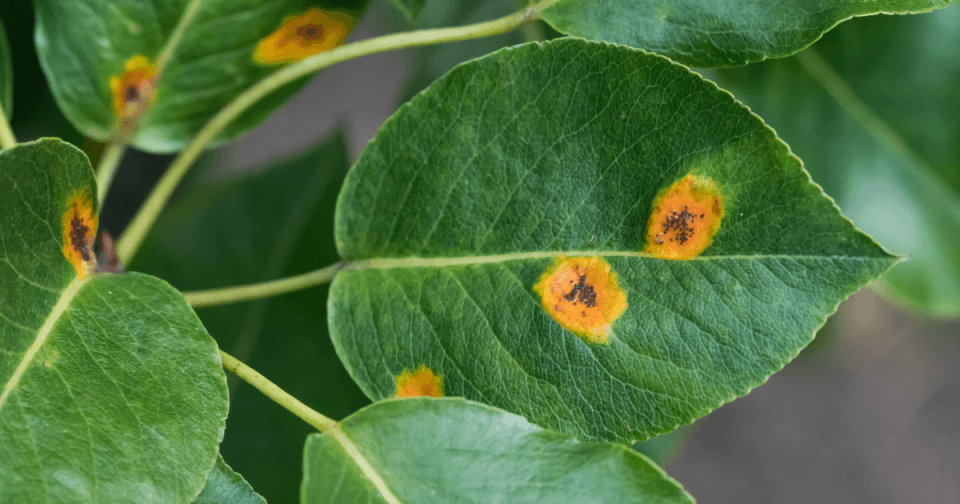
This fungal disease often shows up during the summer months and can affect a wide range of plants, including lawns, pine and fir trees, hawthorns, geraniums, hollyhock, roses, snapdragons, sunflowers, asparagus, onions, pears, blackberries, and many others. If you spot powdery pustules on the underside of the lower leaves, you may have a leaf rust problem. To control the disease, you can prune the affected leaves and branches or use products like Bonide Sulfur Dust or Copper Fungicide. Please note that the fungal spores responsible for rust can transfer to your skin if touched, so use protective gear and exercise caution while treating or removing leaf rust.
As you prepare for a summer full of fun, don’t forget to keep an eye out for the most common pets and diseases that could potentially harm your plants. Remember, prevention is key! By staying proactive and taking care of your garden, you can minimize the risks and maintain a healthy, vibrant outdoor space.
